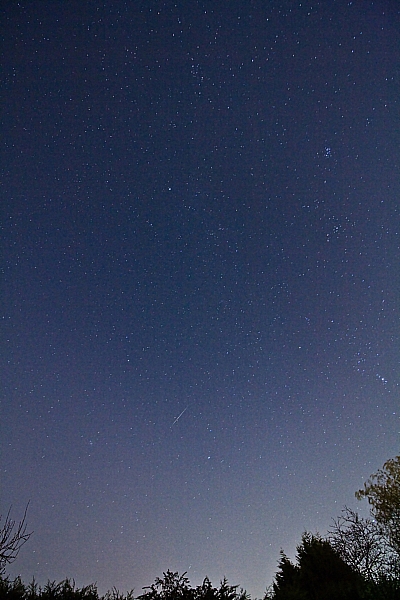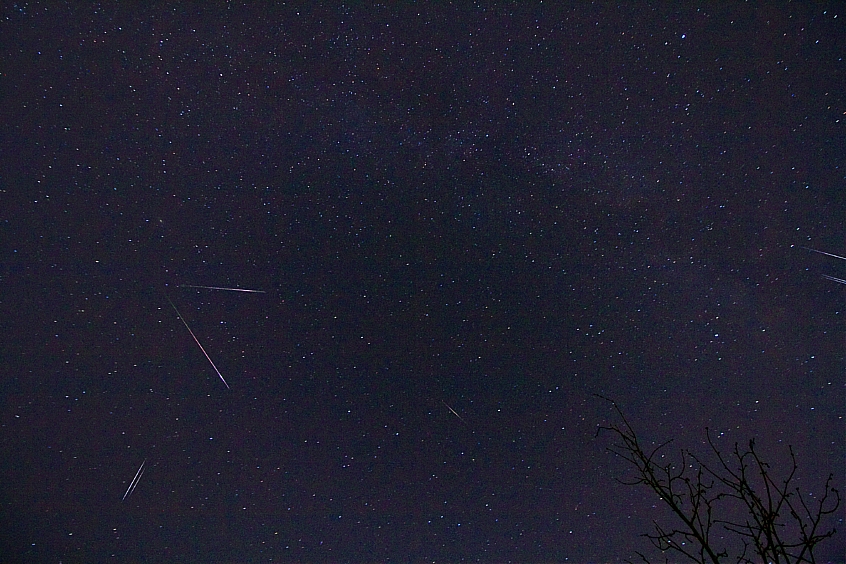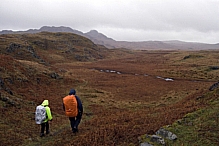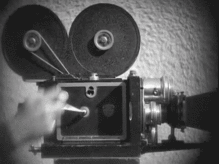I seem to have plenty of time on my hands, so instead of wasting it I've been wading through the backlog of astro-data that I'd been meaning to either process or bin.
Here's the first pic from way back in November last year:

NGC 2264 Area, 2nd November 2018.
Subs: 27 light @ 300s, 50 dark frames, 50 bias frames.
QHY10 on the C80 ED-R Frac, guided with PHD.
There's a lot going on there, so I think I'll be giving it a lot more attention with a bigger scope when I get through the current treatment. There's the Cone Nebula, the Christmas Tree Cluster, the Snowflake Cluster, and the Fox Fur Nebula - see the NGC 2264 Wikipedia page for a what's what and where.









